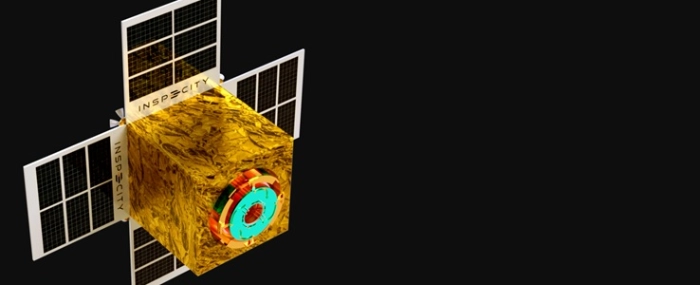
InspeCity secures $5.6M to boost satellite life-extension tech
The funding will be deployed to space-qualify the Indian startup’s proprietary tech, grow its high-performance engineering team, and fasten the deployment of satellite life-extension platforms in global markets.
Indian space tech startup InspeCity has raised USD 5.6 million in a seed funding round led by Ashish Kacholia, with participation from Speciale Invest, Shastra VC, Antler India, DeVC, MGF-Kavachh and Anicut Capital.
The funding will be deployed to space-qualify the Mumbai-based company’s proprietary technologies within the next 12 months, grow its high-performance engineering team, and fasten the deployment of satellite life-extension platforms in global markets, according to a report by Entrepreneur.
InspeCity is developing in-space servicing, assembly, and manufacturing (ISAM) solutions. Its flagship offering, VEDA (Vehicle for Life Extension and De-orbiting Activities), integrates propulsion systems, robotic arms and RPOD (Rendezvous, Proximity Operations, and Docking) technologies, the report said. A demo mission for VEDA is planned for 2027.
“Our mission is to redefine the economics and sustainability of satellite operations,” said InspeCity co-founder Arindrajit Chowdhury, a professor at IIT Bombay. “By extending the lifespan of on-orbit assets and reducing orbital debris, we unlock a cleaner, more sustainable, and cost-efficient future for space. This capital infusion validates our unique approach and fast-tracks our journey to market leadership in satellite life-extension.”
“InspeCity’s bold vision for satellite life-extension, backed by a fully integrated stack of propulsion, robotics, and sensing technologies, positions them to become a global leader in in-orbit servicing,” lead investor Ashish Kacholia said.
“InspeCity represents the next wave of Indian deep tech — visionary, globally relevant, and deeply technical,” said Vishesh Rajaram, Managing Partner, Speciale Invest. “Their vertically integrated ISAM stack uniquely positions them to lead the charge in orbital sustainability.”
